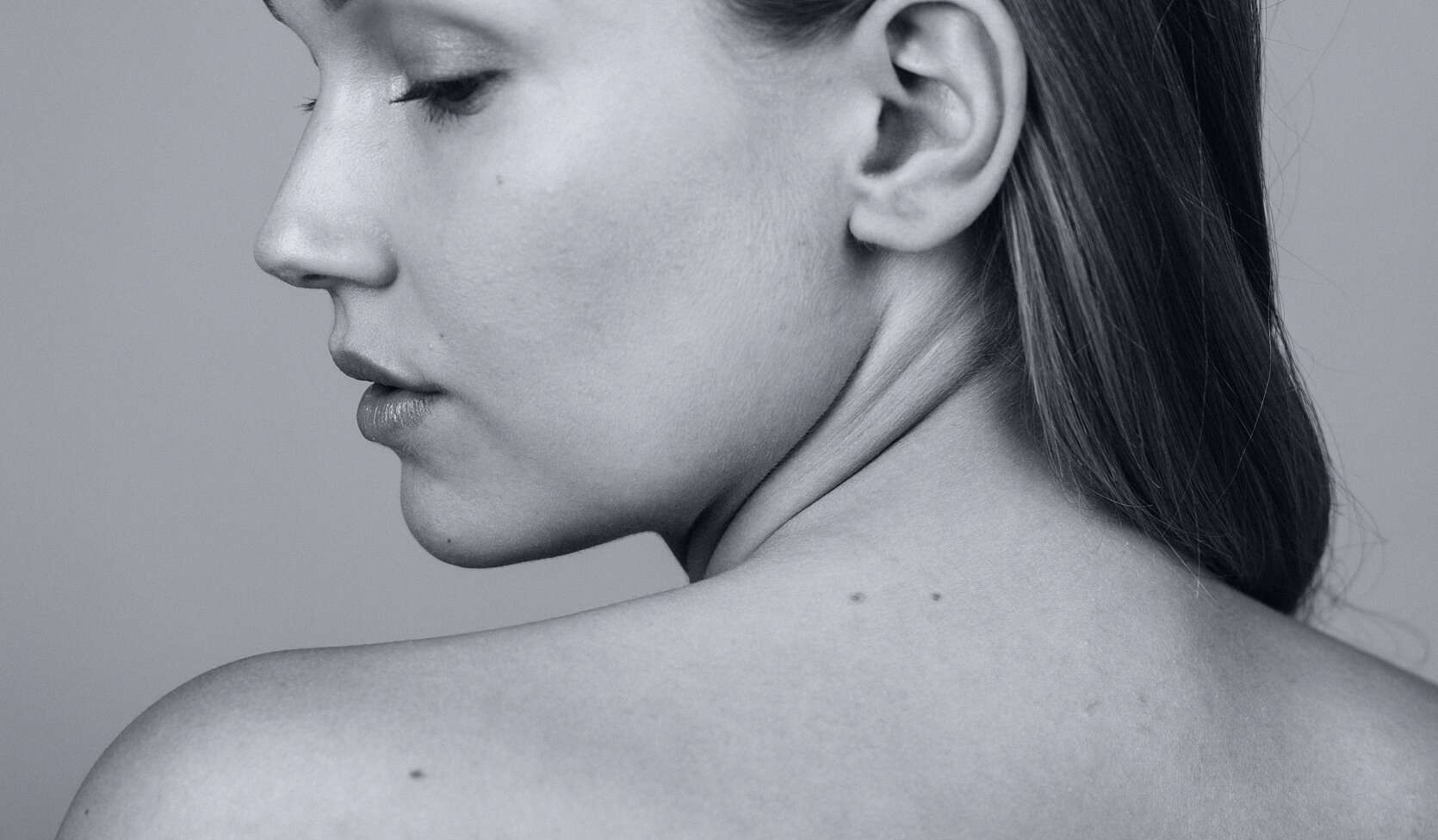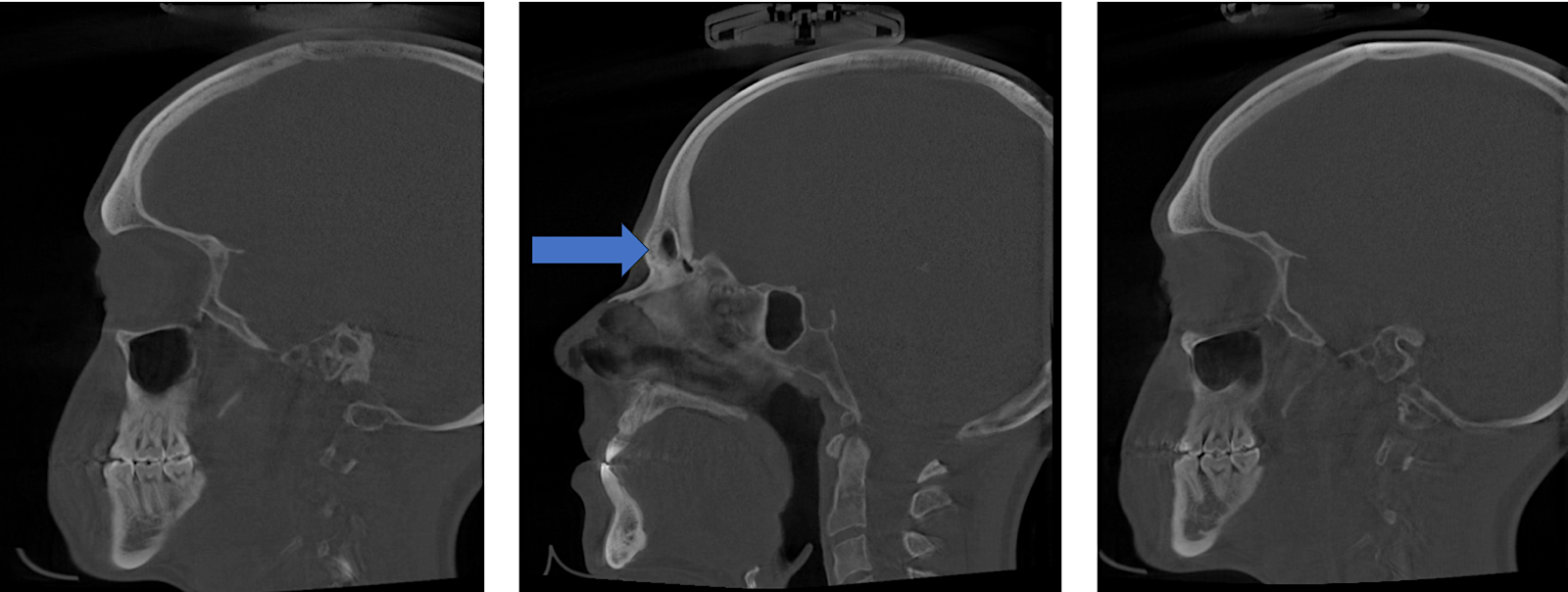
Facial Feminization Surgery


Forehead recontouring
Recontouring the forehead is probably the most prominent and effective part of surgery for feminization of the face.
The upper third of the face largely determines whether a face is more likely to be recognized as masculine or feminine. Typical male features - such as the receding hairline, bony prominences above the eye sockets (called frontal bossing) and the position and shape of the eyebrows - can be modified by a coronal approach. This involves making an access to the forehead through an incision that runs - from ear to ear - across the head and is hidden as much as possible in the hairy scalp. Through this access one can: (1) remove the frontal bossings, (2) make the eye sockets somewhat larger, (3) position the eyebrows higher and toward a more feminine shape, and (4) make the forehead smaller by moving the hairline forward.

Procedure
There are three different types of forehead surgery:
Type 1: shaving
Some people have a very small sinus with a thick frontal sinus wall. In such cases, the amount of excess bone can simply be planed away. Only a small percentage of patients - mainly those with a small sinus (10%) or those who do not have a large bone border - retain a good result.

Type 2: shaving and filling
This type of forehead surgery is chosen on a limited basis and is mainly performed when one is already satisfied with the angle between the nose and the forehead. In this case, only the concavity behind the bone edge needs to be addressed. The concave area is then filled with bone cement. Unfortunately, this form is too often used by surgeons who do not perform type 3 reconstructions. If a type 2 is performed with no real indication, a dolphin-like forehead is created. The new forehead may be smooth, but it bulges in comparison to the "ideal" female forehead line.
Type 3: reconstruction
This recontouring procedure is the most appropriate and, for this reason, the most frequently performed within our center. In this procedure, the anterior wall of the frontal sinus is removed, remodeled and replaced. Forehead reconstruction is the most complex technique, but also the most impressive. Sometimes it is necessary to use a combination of reconstruction of the forehead on the one hand and flattening with bone cement on the other hand to achieve the desired shape.

Frontal bone reconstruction can be performed alone or as part of feminizing facial surgery. The most common incision is made along the hairline, just in front, but in some cases the cut can also be made on the hairy scalp to better hide the resulting scar.
Recovery
- Numbness of the forehead: For about 3 months, numbness of the forehead may occur.
- Pain: May persist for several days and is controlled with usual painkillers.
- Exercising: Avoid doing physical activities for 8 days.
- Blurred vision (rare): Patients have some degree of blurred vision for one month due to swelling around the eyes.
- Surgery under general anesthesia has possible complications. Minor complications such as swelling and bleeding can occur to various degrees. Other symptoms such as numbness is temporary and gradually decreases over time.
- Results may be seen shortly after surgery. However, it is important to note that soft tissue will continue to improve over the next year. This technique results in a more feminine and harmonious upper third of the face, a more fluid transition between the forehead and nose and a more open look.

Contact form
Discover our
combined
treatments
Did you know you can combine your Facial Feminization Surgery with a breast augmentation? Contact us for more information!
Dr. O. Beckers performed my Facial Feminization Surgery (FFS), and I am very happy with the result. Besides the excellent workmanship, I also want to emphasize the accessibility of Dr. Beckers and his team.
Ursula WoutersFacial Feminization Surgery






